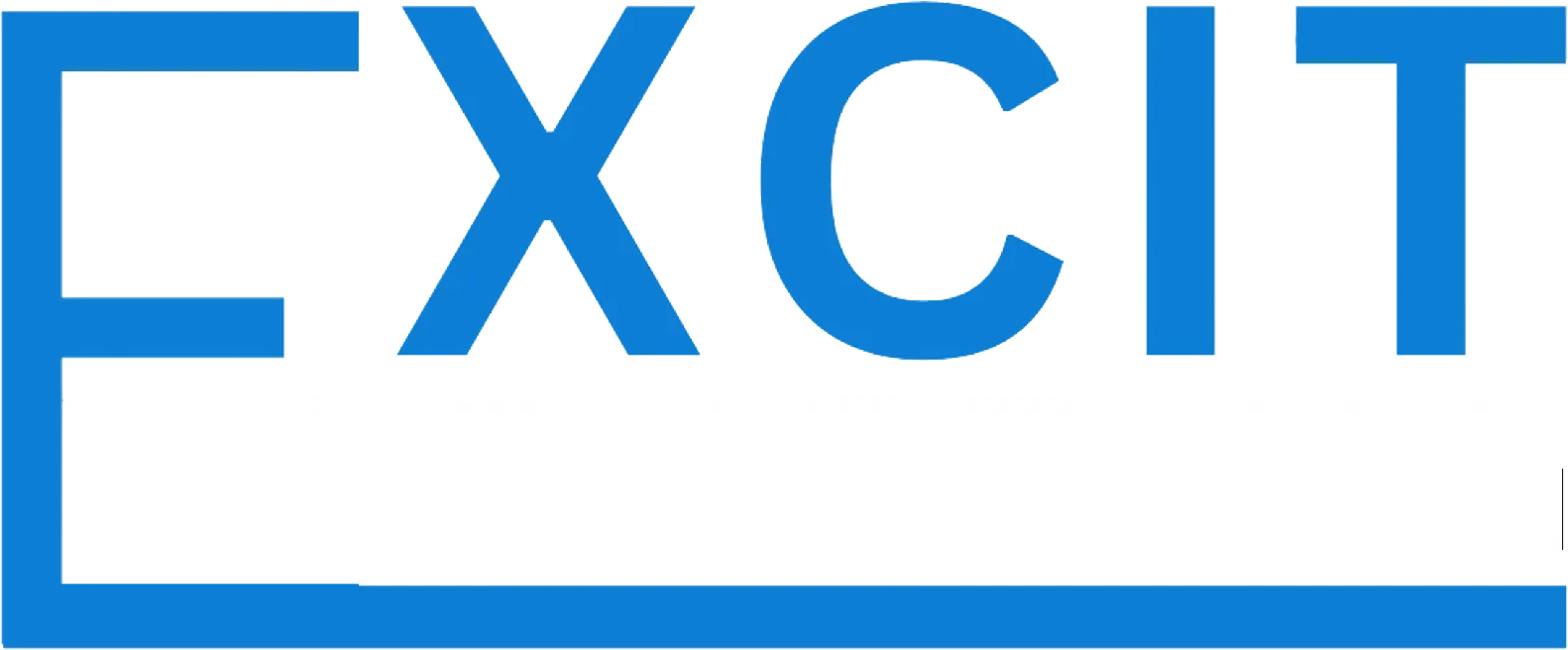Prefer to Listen click the player
Implementing a carefully structured plan can significantly enhance your online presence. This approach drives organic traffic, increasing your visibility in search engine ranking results.
A strategically crafted plan includes keyword research, identifying terms users are searching for to boost your website’s chances of being found by potential readers.
Content optimization is another crucial component, ensuring that your blog posts are structured to attract search engines and readers alike.
Professional services can save time, provide expertise, and deliver better returns on investment. Avoiding common mistakes like neglecting meta descriptions or overlooking longtail keywords is essential. Advanced tools can help track metrics to measure your blog’s keyword research, content optimization, backlink building, meta descriptions, search engine ranking, and longtail keywords.
What is Keyword Research
Mastering the art of selecting appropriate search terms is crucial for boosting organic traffic to your blog.
Keyword research is the process of finding and analyzing search terms people enter into search engines. This practice is crucial for improving a blog’s visibility and ranking on search engine result pages.
By understanding and targeting specific keywords, you can create content that aligns with user intent, whether informational or transactional.
This alignment significantly impacts your blog’s success in attracting and retaining visitors.
Effective keyword research involves using specialized tools to discover popular search queries and evaluate metrics like search volume and competition.
Incorporating selected keywords ensures onpage SEO is optimized for both search engines and readers.
Incorporating selected keywords into your content can significantly improve organic traffic when combined with strategies like internal linking, optimized alt text, on-page SEO, site speed improvements, and mobile optimization.
How to Optimize Content
The ability to captivate your audience is the cornerstone of successful digital strategies.
Begin by thoroughly understanding audience demographics through tools like Google Analytics. Develop distinct reader personas to customize your approach.
Examine behavior patterns and user experience preferences for deeper insights.
Engage in thorough research to pinpoint relevant phrases.
Utilize advanced tools to discover optimal keywords and analyze competitor tactics for valuable opportunities.
Organize your material with clear headings and subheadings to improve bounce rate. Employ bullet points and lists to enhance readability and ensure a coherent information flow.
Incorporate on-page strategies such as integrating keywords in titles and descriptions. Ensure images are optimized with alt text and that your site maintains mobile-friendliness to improve Google Analytics metrics, keyword density, user experience, bounce rate, domain authority, and content marketing.
Digital Strategies
- Google Analytics helps understand audience demographics
- Developing reader personas customizes your approach
- Clear headings and subheadings improve bounce rate
- Optimizing images with alt text enhances user experience
Why is Backlink Building Important
Establishing a credible online presence necessitates strategic efforts that directly influence visibility and credibility.
Introduction to Backlink Building
Backlinks, also known as inbound links, are the links from one website to a page on another. Their significance has evolved over the years, becoming central to search engine algorithms. Initially, the number of backlinks a site had was a strong indicator of its popularity.
Enhancing Domain Authority
Domain authority is a metric that predicts how well a website will rank on search engine results pages. Backlinks from high-authority sites can significantly enhance your domain authority. For instance, sites like Forbes or The New York Times have extensive backlink profiles.
Improving Search Engine Rankings involves understanding search engine algorithms, conducting competitor analysis, encouraging social sharing, maintaining an XML sitemap, focusing on search intent, and optimizing anchor text.
Crafting Effective Meta Descriptions
Understanding how to create compelling summaries can significantly boost your website’s visibility. Meta descriptions serve as brief summaries of web pages, appearing beneath the title tags in search engine results.
Their primary function is to provide users with a quick overview of your content and entice them to click through to your site. Effective meta descriptions are typically around 150-160 characters long, include relevant keywords, and feature engaging, action-oriented language. Each page should have a unique meta description to ensure maximum impact in search results. Using keyword mapping can also help in crafting descriptions that align with user intent

How to Improve Search Engine Ranking
Boosting your online presence involves a strategic approach tailored to various ranking factors.
Understanding search engine algorithms is crucial. Search engines evaluate several elements to rank content, and staying updated with algorithm changes is essential.
Factors like relevance and quality, visible through schema markup, influence ranking significantly.
Effective keyword research and optimization are foundational.
Identifying the right keywords for your niche ensures you reach your target audience. Incorporate keywords naturally to avoid keyword cannibalization and enhance search engine visibility.
Focus on creating high-quality content. Original, engaging, and valuable content retains readers. Content length and depth are important, and multimedia elements can enhance the user experience. Utilize Google Search Console to track performance and make improvements. Effective SEO strategies involve optimizing title tags, utilizing Google Search Console, implementing schema markup, focusing on local SEO, creating evergreen content, and avoiding keyword cannibalization.
What are Longtail Keywords
Grasping the nuances of specific search phrases is paramount for a successful SEO approach.
Longtail keywords are search phrases typically consisting of three or more words. They are more specific than short-tail keywords, which often leads to lower competition and higher search volume relevance.
Comparing longtail to short-tail keywords reveals that they drive more targeted traffic.
This specificity aligns well with user search intent, making them critical in optimizing page authority. Integrating longtail keywords into your content can enhance visibility in featured snippets, leading to better overall SEO performance
SEO
- Longtail keywords consist of three or more words and are more specific than short-tail keywords.
- Longtail keywords often lead to lower competition and higher search volume relevance.
- They drive more targeted traffic, aligning well with user search intent.
- Integrating longtail keywords into content can enhance visibility in featured snippets.
Driving Organic Traffic
Establishing a strong online presence is fundamental for sustainable growth in today’s digital landscape. Organic traffic refers to visitors who find a website through unpaid search results, making it a cost-effective and long-term strategy. Unlike paid traffic, which relies on advertisements, organic search traffic is driven by relevance and quality.
To boost organic traffic, start with creating high-quality, relevant content that resonates with your audience. Use keyword research to guide your content creation process, ensuring that you address what users are searching for.
Engaging content keeps visitors on your site longer, improving retention and search visibility.
On-page SEO techniques like effective use of headers, proper formatting, and optimizing meta titles are essential. Ensuring your website is mobile-friendly and optimizing images can significantly enhance your SEO audit, improve search visibility, and boost organic search traffic.
Benefits of Internal Linking
Efficiently connecting your web pages through internal links can revolutionize your site’s performance.
Organizing your site’s structure enhances navigation, making it easier for users to find related content. This directly enhances user experience, encouraging them to explore more pages and increasing user engagement metrics.
Another key benefit is boosted page authority and rankings.
Internal links distribute link equity across your site, improving your SEO and complementing link building resources.
Internal links facilitate content discoverability, guiding users to relevant posts.
Using internal links also increases page views and encourages longer on-site time, pivotal for higher user engagement metrics and improving your clickthrough rate. For more insights on effective internal linking, explore clickthrough rate, content pillars, user engagement, keyword gap analysis, semantic search, and link building resources.
Internal Linking
- Enhances user experience by making navigation easier and encouraging exploration of more pages.
- Boosts page authority and rankings by distributing link equity across the site.
- Increases page views and encourages longer on-site time, improving user engagement metrics and clickthrough rate.
- Facilitates content discoverability by guiding users to relevant posts.







